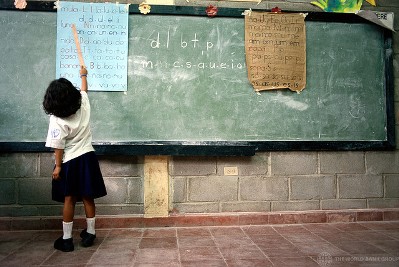
Making services work
The service facility survey catalog provides access to data along with accompanying survey documents from facility level surveys conducted by the World Bank
Service delivery surveys are tools to measure the effectiveness of basic services such as education, health, and water and sanitation, which are fundamental for social welfare, especially for the poor. They are useful instruments for understanding governance problems and malfunctions in service delivery such as delays, leakage and capture of funds by bureaucratic and political actors, corruption, and inequity in the allocation of resources. Examples of service delivery surveys include Public Expenditure Tracking Surveys (PETS) and Quantitative Service Delivery Surveys (QSDS). PETS are tools in a methodology used to track the follow of public resources (including human, financial, or in-kind) from the highest levels of government to frontline service providers. QSDS examines the efficacy of spending and the relationship between those who contract for a service and those who deliver it (for example, the relationship between parents and school administrators). In QSDS, the facility or service provider is the main unit of observation.